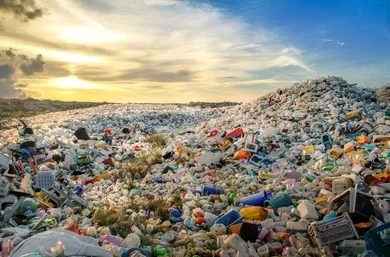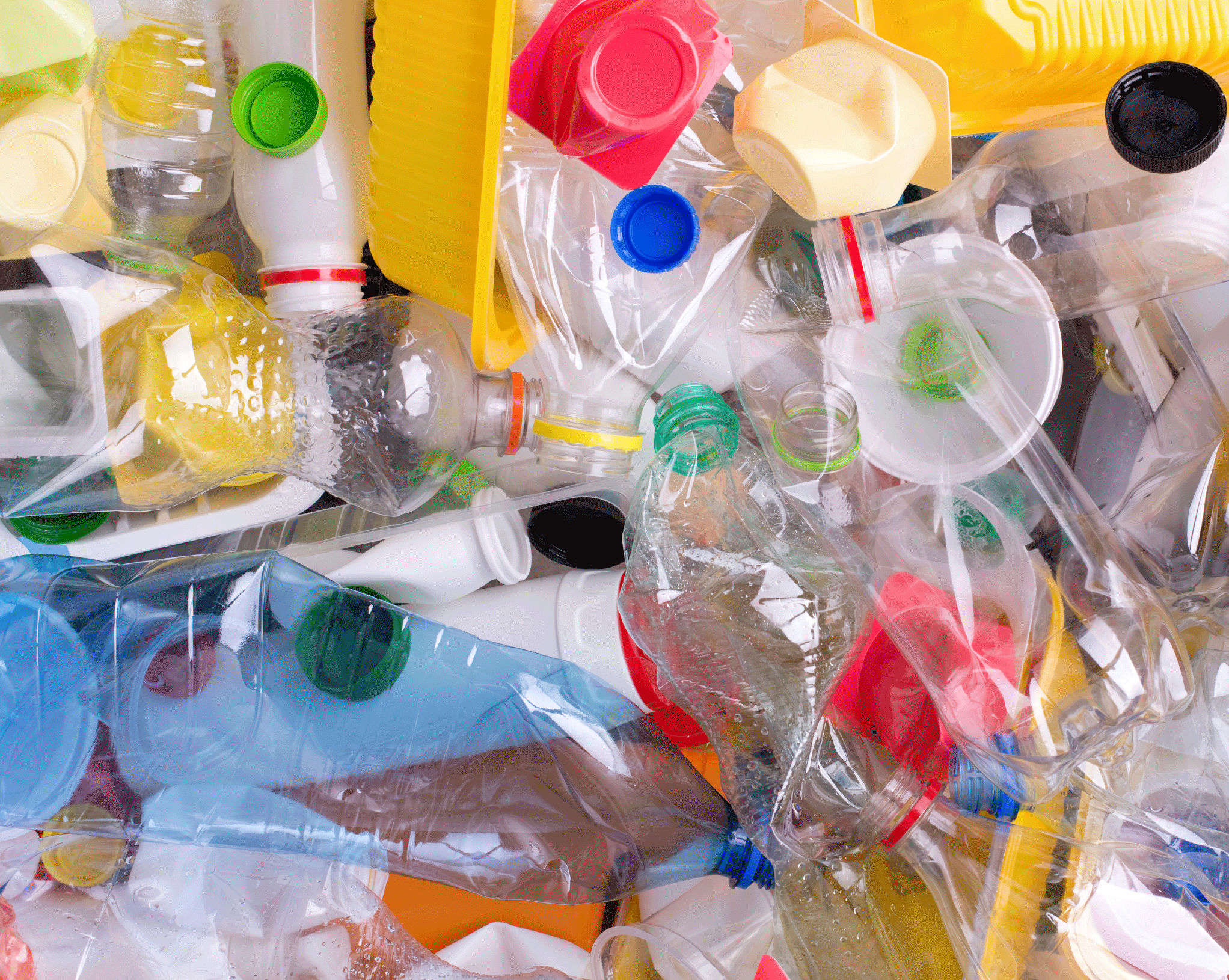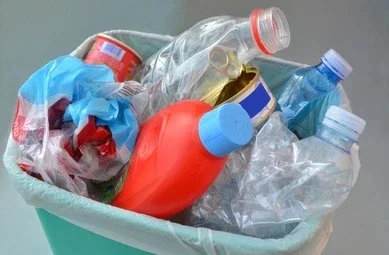Welcome, recycling enthusiasts and eco-warriors! Are you trying to find out what kind of plastics can be recycled? Today, we embark on a journey to unravel the perplexing puzzle of plastic recycling. Have you ever stood in front of your recycling bin, contemplating what kind of plastic can be recycled and which ones are destined for the landfill? Fear not!
In this enlightening guide, we’ll dive deep into the fascinating world of plastic recycling, equipping you with the knowledge to make informed choices and contribute to a greener, more sustainable planet.
Plastic, oh plastic! It’s everywhere in our modern lives, from beverage bottles and food containers to packaging materials and household goods. But not all plastics are created equal when it comes to their recyclability.
The recycling process for plastics can vary based on their composition, resin codes, and local recycling facilities. Understanding what kind of plastic can be recycled is the first step toward reducing our environmental footprint.
We’ll embark on a whimsical adventure through the world of plastics, exploring their diverse characteristics and discovering the recyclability secrets hidden within. But fear not, dear reader, for we shall navigate this realm with a touch of British humor and a sprinkle of wit. After all, recycling need not be a solemn affair!
So, grab your metaphorical magnifying glass, and let’s embark on this quest together. Prepare to be enlightened, entertained, and perhaps even amused, as we unlock the mystery of what kind of plastic can be recycled. Get ready to become a recycling guru, impressing friends and family with your newfound knowledge and lending a helping hand to Mother Earth along the way.
Let’s dive in, shall we?
Read Also: How To Recycle Different Waste Products
The Different Types Of Plastics That Can Be Recycled

When it comes to recycling, plastic often poses a perplexing challenge. With the multitude of plastic products surrounding us, it’s crucial to understand which types can be recycled and how we can contribute to a more sustainable future.
In this comprehensive guide, we will explore the various types of plastic that can be recycled, shedding light on their recyclability and offering practical tips to make a positive impact. So, grab your recycling bin, and let’s dive into the world of recyclable plastics!
1. PETE (Polyethylene Terephthalate)
PETE, indicated by the number “1” inside the recycling symbol, is one of the most commonly recycled plastics. You’ll find it in beverage bottles, food containers, and even polyester clothing.
Thanks to its widespread recycling infrastructure, PETE can be easily processed and transformed into new products like fleece jackets, carpet fibers, and packaging materials. Remember to rinse PETE containers before recycling them to avoid contamination.
2. HDPE (High-Density Polyethylene)
HDPE, recognized by the number “2,” boasts excellent recyclability. It’s found in milk jugs, detergent bottles, and plastic bags.
This sturdy plastic is in high demand for recycling, as it can be turned into new containers, plastic lumber, and even drainage pipes. Ensure HDPE items are clean and free of any residual liquids before tossing them into the recycling bin.
3. PVC (Polyvinyl Chloride)
PVC, labeled with the number “3,” presents a challenge in the recycling world. While it can be recycled, the process is complex and limited due to the presence of additives and contaminants. PVC is commonly found in pipes, vinyl flooring, and some packaging.
To recycle PVC, it’s best to check with local recycling facilities or explore specialized programs that accept this plastic for repurposing.
4. LDPE (Low-Density Polyethylene)
LDPE, denoted by the number “4,” is a versatile plastic commonly found in plastic wraps, squeezable bottles, and some types of packaging.
While not as widely accepted for curbside recycling, LDPE can often be recycled through drop-off locations or specific collection programs.
It can be transformed into new plastic bags, outdoor furniture, and irrigation pipes.
5. PP (Polypropylene)
PP, identified by the number “5,” is highly recyclable and frequently found in food containers, bottle caps, and some household goods.
This durable plastic has a broad range of applications in the recycling industry, from automotive parts to storage containers.
Make sure PP items are clean and devoid of any food residue before recycling.
6. PS (Polystyrene)
PS, often referred to as Styrofoam ears the number “6” and poses unique recycling challenges. Due to its lightweight and bulky nature, recycling facilities may not accept it through regular channels.
However, specialized programs and drop-off locations may exist for PS recycling. Consider reducing the use of PS products or seek out alternatives whenever possible to minimize environmental impact.
7. Other Plastics
The catch-all category of “other plastics” includes a diverse range of resins that don’t fall into the previous categories. These plastics, labeled with the number “7,” can encompass polycarbonate (PC), polylactic acid (PLA), and various other blends.
While some of these plastics may be recyclable, their recycling options can vary significantly. It’s essential to research local recycling guidelines or consult specific recycling programs to determine their acceptance.
How To Recycle Different Plastics

Recycling plastic is not only an environmental responsibility but also a way to reduce our dependence on raw materials and conserve valuable resources.
In this practical guide, we’ll walk you through the process of recycling different types of plastic, ensuring that you can make a positive impact on the planet. So, let’s roll up our sleeves and dive into the world of plastic recycling!
1. PETE (Polyethylene Terephthalate) Recycling
– Empty and rinse PETE containers, such as beverage bottles and food jars, to remove any remaining contents.
– Check with your local recycling facility to confirm if they accept PETE. If they do, place the clean PETE items in your recycling bin.
– It’s essential to remove any non-PETE components, like caps or labels, as they may require separate recycling processes.
– Remember to follow the guidelines provided by your recycling facility to ensure proper handling and recycling of PETE.
2. HDPE (High-Density Polyethylene) Recycling
– Clean HDPE containers, such as milk jugs and detergent bottles, by rinsing them thoroughly.
– Check with your local recycling program to see if they accept HDPE. If they do, place the clean HDPE items in your recycling bin.
– Similar to PETE, remove any non-HDPE components before recycling.
– Remember to follow specific instructions from your recycling facility regarding the acceptable forms and sizes of HDPE containers.
3. PVC (Polyvinyl Chloride) Recycling
– PVC recycling can be more challenging due to its complex composition. Check with your local recycling center or specialized recycling programs to see if they accept PVC.
– Separate PVC items, like pipes and vinyl flooring, from other recyclable plastics.
– Some recycling facilities may have drop-off locations specifically designated for PVC. Research and utilize these options if available in your area.
– If PVC items cannot be recycled, consider finding alternative ways to repurpose or reuse them to extend their lifespan.
4. LDPE (Low-Density Polyethylene) Recycling
– While LDPE is not widely accepted in curbside recycling programs, check with your local recycling center for drop-off locations or specialized collection programs.
– Ensure LDPE items, such as plastic wraps and bags, are clean and free of any contaminants.
– Collect and bundle LDPE items separately, and bring them to the designated drop-off points at recycling centers or participating stores.
– Many grocery stores and retail chains have collection bins for plastic bag recycling. Take advantage of these convenient options for LDPE recycling.
5. PP (Polypropylene) Recycling
– Clean PP items, such as food containers and bottle caps, by washing them thoroughly.
– Check with your local recycling program to determine if they accept PP. If they do, place the clean PP items in your recycling bin.
– Remove any non-PP components before recycling, such as metal parts or additional labels.
– Follow the specific guidelines provided by your recycling facility to ensure the successful recycling of PP plastics.
6. PS (Polystyrene) Recycling
– Polystyrene, commonly known as Styrofoam, can be challenging to recycle due to its lightweight and bulky nature. Check with your local recycling center or specialized programs for collection options.
– Consider reducing the use of polystyrene products whenever possible to minimize waste.
– Look for alternative materials or eco-friendly packaging options that can replace polystyrene in your daily life.
– If you cannot find recycling options, consider reusing or repurposing polystyrene items before ultimately disposing of them.
It’s worth noting that the recyclability of plastics also depends on local recycling facilities and their capabilities. Different regions may have varying recycling systems and guidelines. It’s important to check with your local recycling center or municipality to understand which types of plastic they accept for recycling.
To promote effective recycling, it is crucial to properly sort and clean plastic items before recycling them. Contamination can hinder the recycling process and reduce the quality of recycled plastic.
Additionally, reducing overall plastic consumption and exploring alternatives to single-use plastics can contribute to a more sustainable future. Remember, recycling is just one piece of the puzzle.
It is essential to also prioritize reducing, reusing, and finding sustainable alternatives to plastic in our daily lives. By making conscious choices, we can all contribute to a healthier planet for future generations.
Read Also: How to Start a Business in New York

